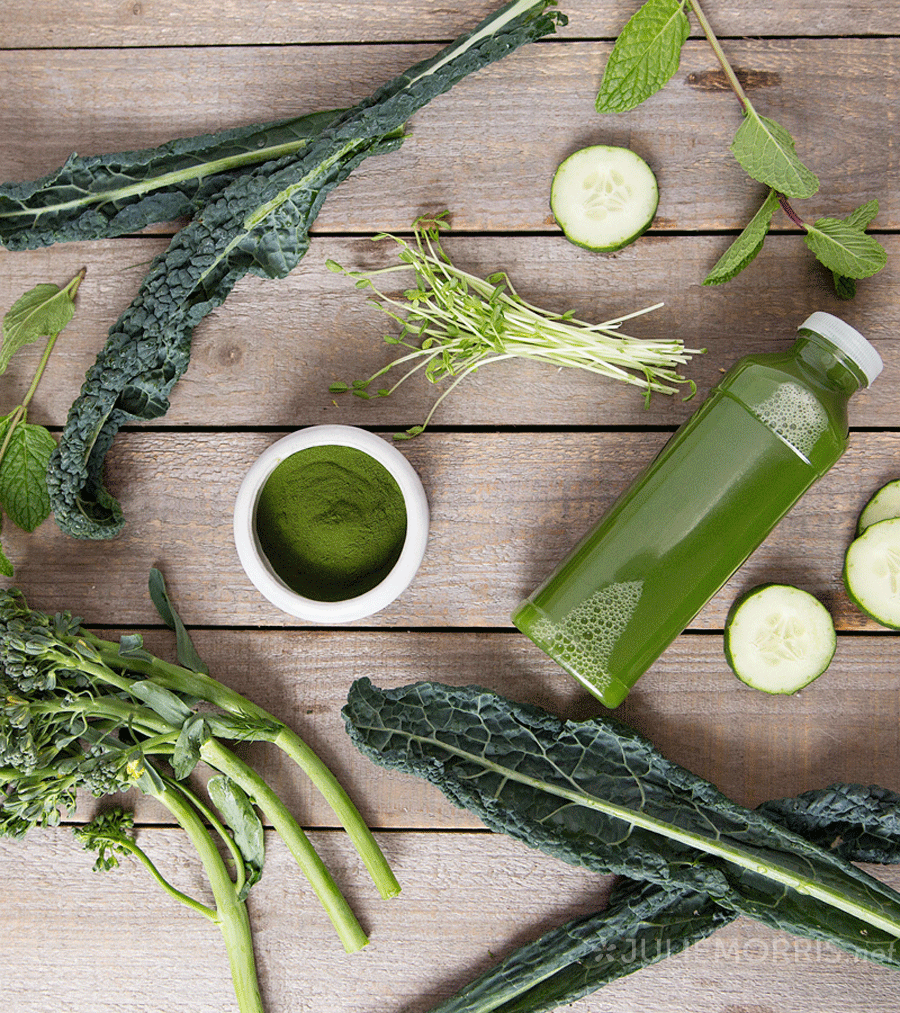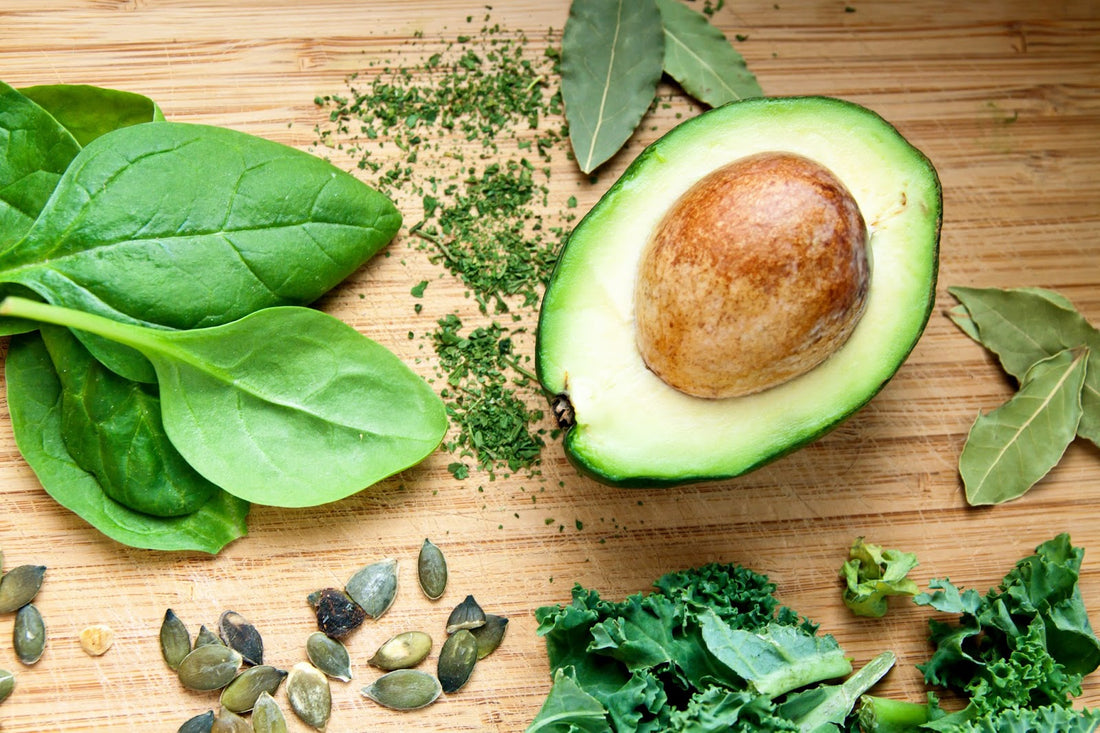
I know. It’s not like you’ve never heard “eat your greens!” before. Yet every time I’m asked to list my favorite superfoods, I always start with the same, singular suggestion: GREEN FOODS (a mantra supported by just about any doctor, nutritionist, health expert, and in most cases, parents, I might add). But aside from knowing that we should be eating green, many of us don’t fully understand why.
Green foods are defined as any whole food that is naturally green. So while this includes the obvious vegetables, like salad greens, it also includes herbs, sprouts, edible grasses and algae, and even other types of green vegetables and fruits … from jalapeno peppers to kiwis. The gorgeous green color that we see is actually the antioxidant known as chlorophyll – a phytochemical that not only helps to protect and nurture the plant, but can offer similar benefits within our own body as well. Chlorophyll is often used therapeutically to help with:
- Boosting the Immune System
- Cancer Prevention
- Anti-Inflammation
- Detoxification
- Healing of Wounds
- Internal Deodorization
- Blood Building & Oxygenation
- Cardiovascular Health
When chlorophyll is present, it is almost always in conjunction with additional healthy-boosting compounds — micronutrients. In fact, the top of the ANDI chart (the system used to determine the nutrient density of a food) is composed entirely of green foods, and for good reason. Greens contain unmatched stores of vitamins and minerals, such as vitamin C and E, beta-carotene, folic acid, calcium, magnesium, and zinc. They’re also excellent sources of some lesser-known (but exceptionally health empowering!) micronutrients like lutein, glucosinolates and indoles, which are considered powerful cancer fighters. Needless to say, greens are absolutely abundant in important nutrients!
If you’re looking to “green-up” your diet, you’re in luck: the world of green foods is expanding. Gone are the days of a la carte iceberg lettuce and wilty alfalfa sprouts. Now we have a massive array of greens to choose from like kale, swiss chard, Brussels sprouts, and arugula, to name a few. And greens aren’t just reserved for salads any more either. You can make green smoothies, green juices, green soups, green snacks, and even green desserts.
Of course, not every recipe can withstand a heaping pile of collard greens or a chunk of green bell pepper – and that’s where green powders come in. Freeze-dried to protect the nutrients and hyper concentrated, adding a spoonful of greens powder is the nutritional equivalent of eating a massive serving of fresh greens. For example, I absolutely love the Navitas Naturals Wheatgrass Powder for its mild taste and massive nutritional benefits – just a ½ teaspoon is all you need to sneak into a smoothie, sauce, soup, or dessert to stealthfully boost it with over 70 vitamins and minerals. Plus, since it’s composed of nothing more than wheatgrass juice that’s freeze-dried in a powder, all that nutrition is in “real food” form, making it highly digestible. That’s the power of green!
For edible inspiration, you can find so many great green recipes on this site, from the super green-centric like my Lime Greens Juice from Superfood Juices; more green-creative like my popular Hummus & Greens; to recipes that are totally green-stealth, like these delectable Chocolate Mint Superfood Truffles. However you choose to do so, it’s always a great choice to go green!
The post The greatness of eating green appeared first on JulieMorris.net.

